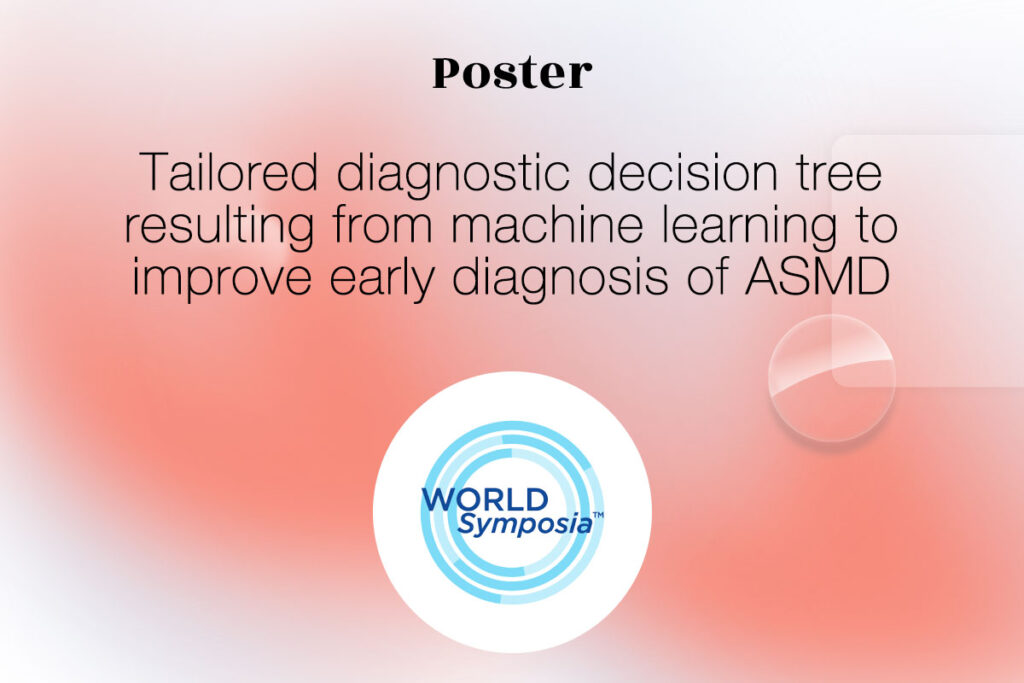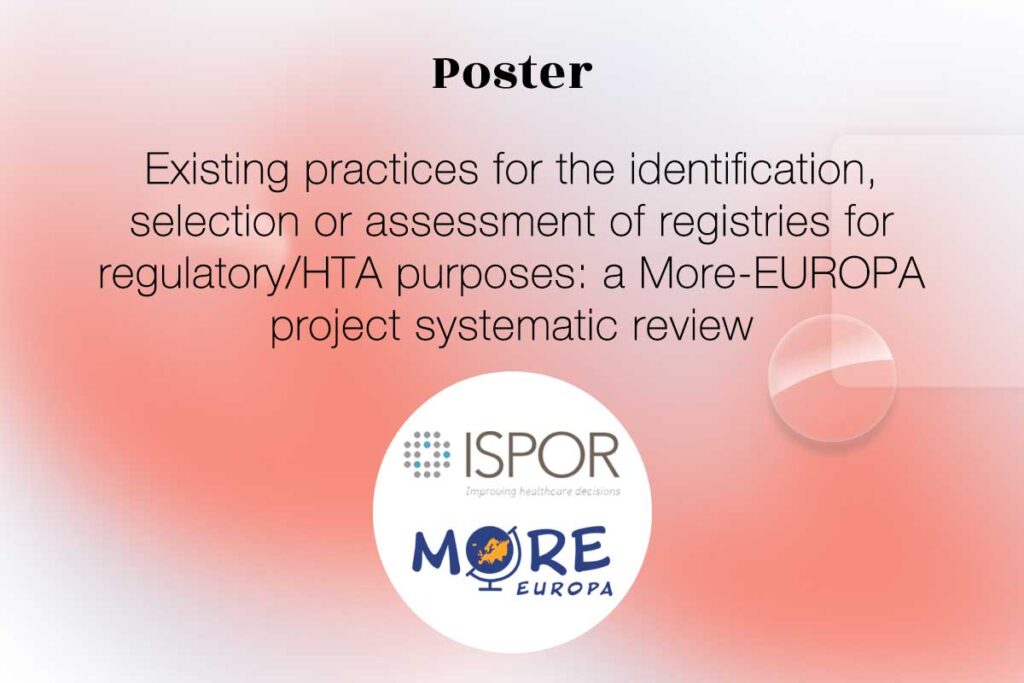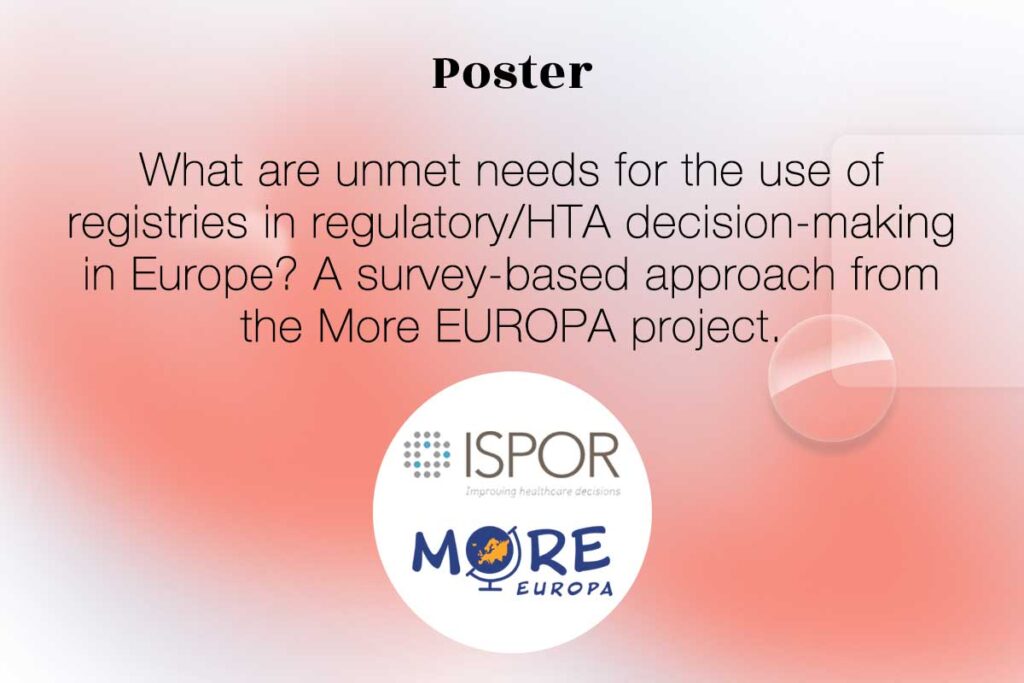Publisher: Clinical Infectious Diseases
Authors: S.S. Chaves, S. Naeger, K. Lounaci, Y. Zuo, M.M. Loiacono, Q. Pilard, J. Nealon, M. Génin, C. Mahe
Date: 29 May 2023
Abstract
Background
High-dose (HD) influenza vaccine offers improved protection from influenza virus infection among older adults compared with standard-dose (SD) vaccine. Here, we explored whether HD vaccine attenuates disease severity among older adults with breakthrough influenza.
Methods
This was a retrospective cohort study of US claims data for influenza seasons 2016–2017, 2017–2018, and 2018–2019, defined as 1 October through 30 April, among adults aged ≥65 years. After adjusting the different cohorts for the probability of vaccination conditional on patients’ characteristics, we compared 30-day mortality rate post-influenza among older adults who experienced breakthrough infection after receipt of HD or SD influenza vaccines and among those not vaccinated (NV).
Results
We evaluated 44 456 influenza cases: 23 109 (52%) were unvaccinated, 15 037 (33.8%) received HD vaccine, and 6310 (14.2%) received SD vaccine. Significant reductions in mortality rates among breakthrough cases were observed across all 3 seasons for HD vs NV, ranging from 17% to 29% reductions. A significant mortality reduction of 25% was associated with SD vaccination vs NV in the 2016–2017 season when there was a good match between circulating influenza viruses and selected vaccine strains. When comparing HD vs SD cohorts, mortality reductions were higher among those who received HD in the last 2 seasons when mismatch between vaccine strains and circulating H3N2 viruses was documented, albeit not significant.
Conclusion
HD vaccination was associated with lower post-influenza mortality among older adults with breakthrough influenza, even during seasons when antigenically drifted H3N2 circulated. Improved understanding of the impact of different vaccines on attenuating disease severity is warranted when assessing vaccine policy recommendations.









